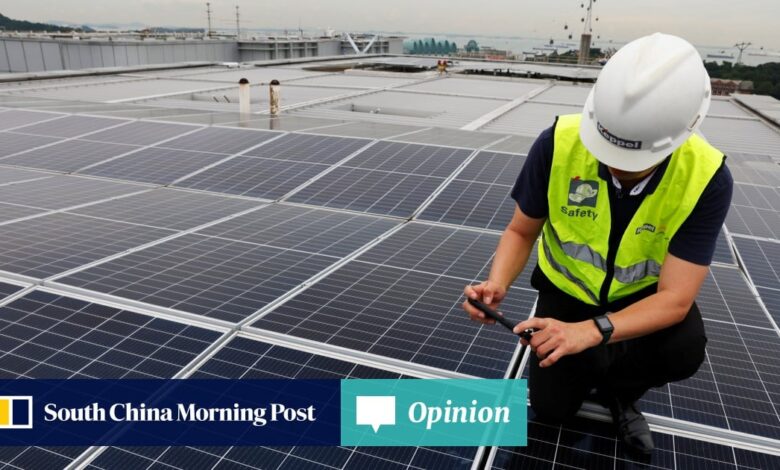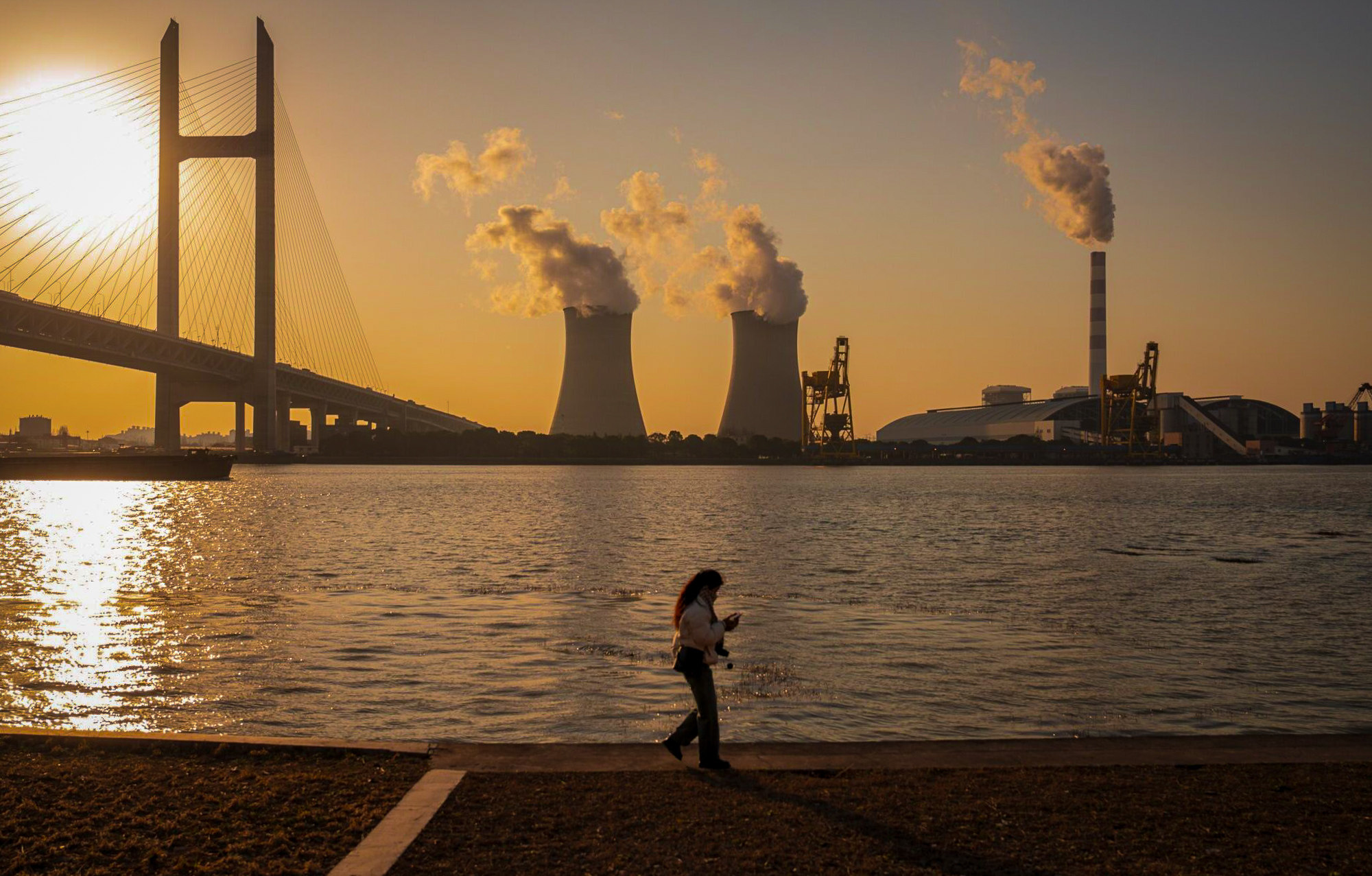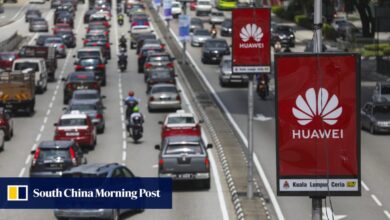Opinion | One lesson Asia’s emerging manufacturing powerhouses can learn from China

In the Asia Business Council’s new Asian Manufacturing Diversification Index, which examines the manufacturing capabilities of developing Asian countries, India, Malaysia, Thailand and Vietnam are emerging as new supply chain champions. These nations aim to develop their manufacturing industries as pillars of growth and create jobs for large numbers of workers. They aspire to produce not only cheap goods, but also more sophisticated products in the future.
The reality is that developing Asian countries that seek to become the next China are simultaneously contending with extreme heat, air pollution, intense drought and frequent typhoons. In a single week in June, 1.6 billion people across China, India, Indonesia and Bangladesh experienced the health impact of extreme temperatures.
The United Nations Environment Programme says that the industrial sector has the potential to reduce its emissions by 5.4 gigatonnes yearly in part by embracing energy-efficient technologies. Lower greenhouse gas emissions directly combat global warming, which is the primary driver of extreme heat events.
These countries’ path to grow robust manufacturing sectors will need to veer from the path China pursued, which led to carbon emissions, resource depletion and immense amounts of waste. China has since enacted pollution control policies, which have reportedly yielded the fastest air quality improvement in the world in the past decade. But alarmingly, it is now increasing coal dependence and experiencing a rebound in air pollution. Newly installed solar and hydro capacity promises to dampen coal use in the future.


Greening different parts of the supply chain will help developing Asian countries meet both high-quality growth and sustainability goals. Using low-carbon raw materials and greener product designs, as well as tapping into renewable energy sources, will make an impact in combating climate change, while also providing a competitive advantage in domestic and global markets.
Transitioning to green manufacturing poses significant challenges for developing Asian countries, which often lack financial resources, high-quality infrastructure and leading technologies. Developed countries, relying on these regions for production, have a vested interest in supporting this transition. The Green Climate Fund and the Asian Development Bank can provide funding for green manufacturing technologies, such as energy-efficient machinery and renewable energy integration in factories.
A new era of “Made in Asia” should be marked by environmental stewardship and closer cooperation between developed and developing economies in the region. By becoming hubs of higher-quality and greener manufacturing, developing Asian countries can achieve sustainable growth while combating climate change, enhancing resilience and boosting competitiveness. This transformation will ultimately yield long-term benefits for economies, ecosystems and communities.
Janet Pau is executive director of the Asia Business Council
Source link



